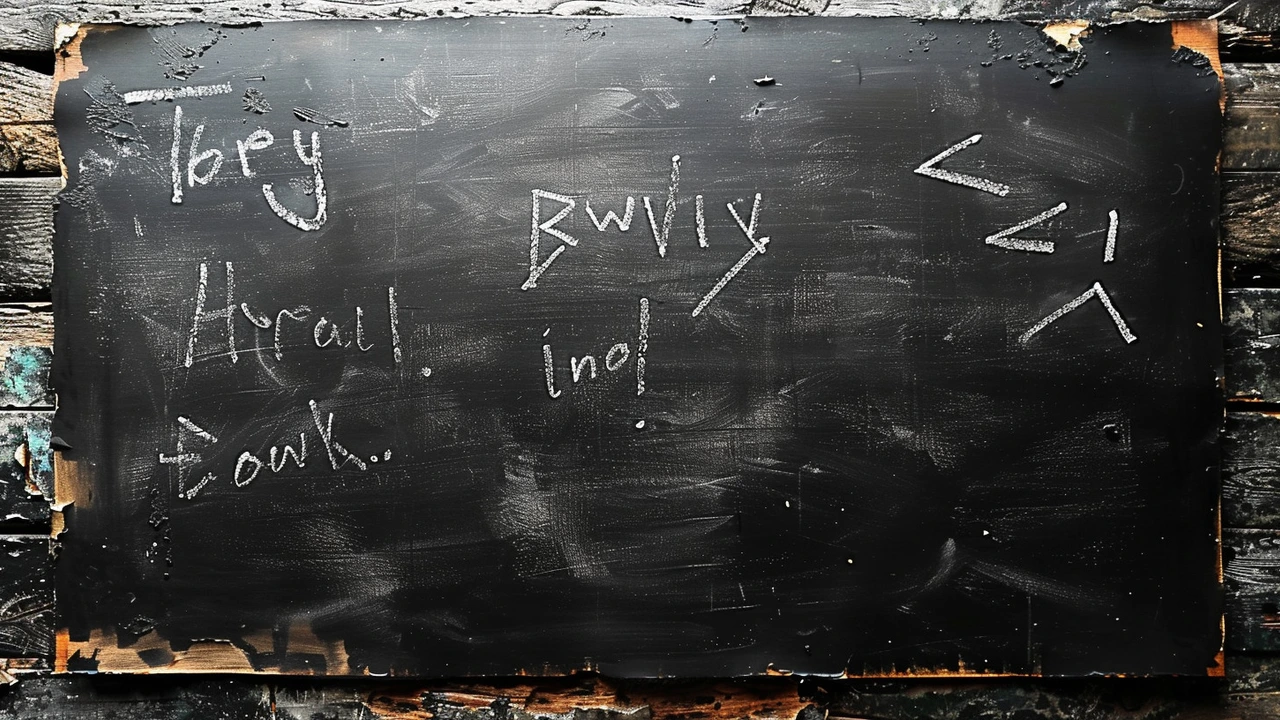Digital protests and 'Twitter and Tear Gas' — March 2024 archive
March 2024 featured a close read of Zeynep Tufekci's 'Twitter and Tear Gas' in Bryant Alexander's book club. The post breaks down how social media reshapes protests — the good, the risky, and what organizers can do to turn short bursts of attention into lasting change. If you want clear, practical takeaways from that discussion, here they are.
What Tufekci explains
Tufekci shows that digital tools let people gather fast and loudly. Examples include the Arab Spring, Occupy Wall Street, and Turkey's Gezi Park protests — moments where online attention created rapid mobilization. But fast mobilization doesn't automatically build long-term structures. Movements that rise quickly often struggle with leadership, coordination, and follow-through.
Algorithms and platform design matter. Social networks reward what’s visible and emotional, not what’s strategic. That boosts short-term visibility but can make planning, nuance, and sustained organizing harder. Also, visibility invites repression: governments and opponents can monitor, block, and disrupt online activity. Tufekci points out this trade-off clearly.
Practical lessons for organizers and advocates
1) Turn attention into structure. Use online bursts to recruit volunteers, collect contact info, and create offline meeting points. A hashtag or viral post should feed into a mailing list, a WhatsApp group, or regular community meetups.
2) Diversify platforms. Relying on one app is risky. Keep backup ways to communicate: email lists, SMS, small-group calls, and physical noticeboards when possible. That reduces impact from a single shutdown or algorithm change.
3) Protect privacy and plan for surveillance. Teach simple security steps: lock screens, use two-factor authentication, avoid sharing sensitive plans in public channels, and assume hostile actors can see public posts.
4) Set clear, achievable goals. Instead of aiming simply to ‘‘raise awareness,’’ pick measurable steps — petitions, policy asks, funding targets, or legal support. Clear goals help a movement survive past the viral moment.
5) Build basic leadership and decision processes. You don’t need a formal board to decide tasks and responsibilities. Even informal roles — media contact, volunteer coordinator, safety lead — make a big difference.
6) Think about storytelling and verification. Viral moments spread fast, but false or unchecked claims damage credibility. Train volunteers to verify facts and to present a concise, consistent message to the media.
The March post connects these ideas back to practical health and patient advocacy: online attention can win awareness for a drug shortage or public-health policy, but lasting change needs organization, simple security habits, and clear next steps.
Want the full book-club notes? Read the original post linked in this archive to see direct quotes, examples, and the group’s reflections on how Tufekci’s lessons apply to real campaigns and everyday activism.
Exploring Digital Protests through 'Twitter and Tear Gas': A Deep Dive into Online Organizing
Bryant Alexander's book club embarks on a profound journey with 'Twitter and Tear Gas' by Zeynep Tufekci, examining the interplay between digital platforms and global protest movements. The reading reflects on the roles of technology in enhancing or hindering these movements.






